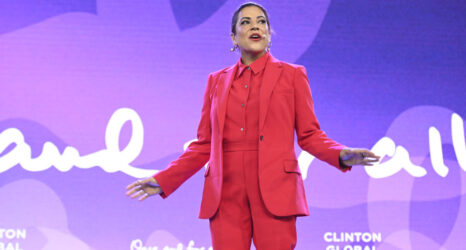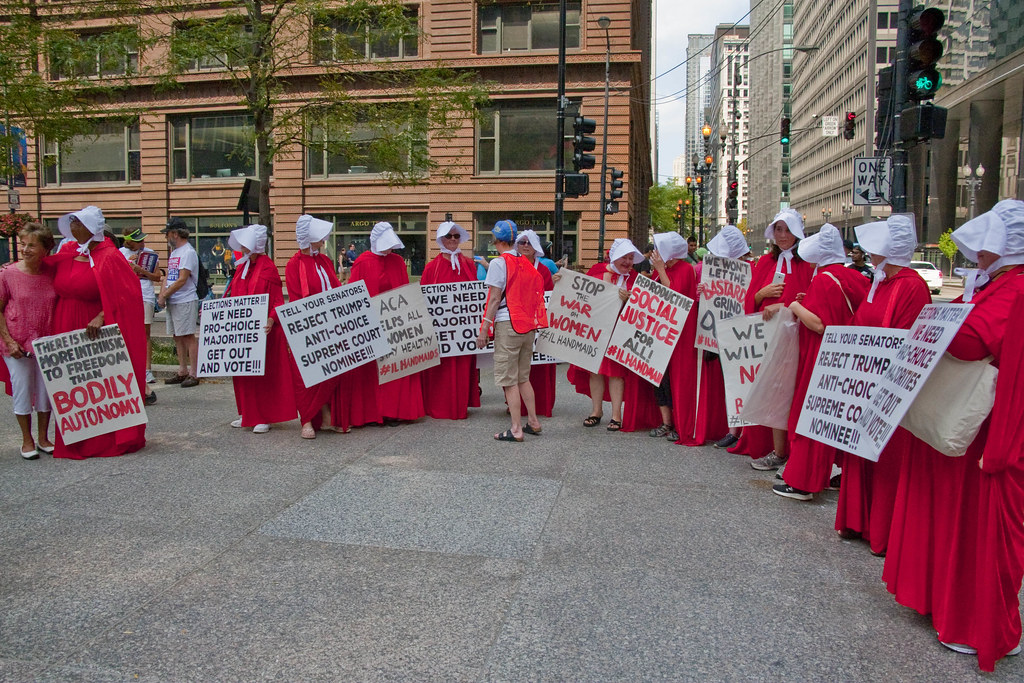
“We heard Dr. Ford’s testimony. We just couldn’t sit there and watch this play out on TV. We felt like we had to do something.”
Every time I fly, I perform an informal study, a silent calculation in my head as I pass through First Class. By the time Economy is invited to board, the “elite class”—god love the airlines for not mincing words here—sits comfortably with bottled water and soft blankets, their whiskey tumblers and spacious rows half-full, or occupied as they’re going to be. This makes the space ideal for swift demographic inquiry: What is the ratio of women to men?
This little game was born of naive curiosity when I left home for college, flying alone for the first time, full of bright-eyed ambition and ‘90s bromides. Everyone is equal now! Girls can do anything! A girl can be President of the United States if she sets her mind to it!
Of course, the more a girl ventures out into the world, the more those sweet messages clash with the dissonant reality of a girl’s lived experience.
When she sees the lineup of American Presidents.
When she enters the workforce. (Only boys were allowed to bag groceries or stock shelves, I was told at fourteen, by my boss. Girls could work the bakery or scan items at the cash register, since we’re not good at heavy lifting but we’re good with dough and customers. It was 1996.)
When she hears she was asking for it.
When she steps alone into the world on a flight where First Class, Business Class, may as well be Boy’s Clubs, Men’s Rooms.
Still, I believed. America had never had a woman president, but we had a Sandra Day O’Connor, and twelve years later, a Ruth Bader Ginsburg. Women were going places.
In two decades of frequent flying, I have never seen a First Class where women outnumber men. I have rarely seen a fifty-fifty split. I have seen many First Class cabins made up entirely of men (and made up entirely of white men). I do the calculation. I note the result—One out of nine. Three out of twelve. Nice watch.—and shuffle my baggage past them.
First Class on Alaska Airlines flight 2—direct from Seattle to Washington, D.C., on Oct. 3, 2018—was no exception. In fact, my passage to Steerage had never been so glaringly stark. As I crossed the threshold to the main cabin, my eyes adjusted to the sight of a max-capacity flight made up entirely of women.
That’s what it looked like at first glance, anyway. Women heaving carry-ons into the overhead compartment. Women adjusting their seatbelts, or standing and chatting across rows, their arms draped casually across seatbacks. Women who knew each other, or were getting to know each other.
I found my seat among them, aware of the subtle ease that settles on my nervous system when I’m surrounded by women. Aware of letting the inner guard off-duty, the one who stands alert on airplanes—confined spaces, where bodies are close and choice is limited. My own #WhyIDidntReport had included examples of reporting that went ignored, changed nothing, including an experience on a turbulent flight in which a drunken man groped me repeatedly. I yelled, Stop. I asked the flight attendants for a seat reassignment. I was told No, sorry, the flight was full. When the plane landed, a woman across the aisle from me blocked the man’s path and shouted, “Run!”
Something was happening here, on Alaska Airlines 2. A rumbling. A safety. A sisterhood.
“We’re down from Alaska,” a woman in the row ahead of me explained when I asked what was up. “We’re going to ask Lisa to vote No on Brett Kavanaugh.”
I scanned the plane, remembering, as a girl, studying Alaska in the atlas: America’s great fiftieth state, The Last Frontier, with its tail of Aleutian Islands jutting into the Bering Sea, extremity of extremities. I imagined endless daylight, the Land of the Midnight Sun beating snow-white beneath the state flag, midnight blue with a constellation of eight golden stars: the Big Dipper, of Ursa Major—the “she-bear” of Greek mythology—and the North Star.
The woman’s voice was straightforward, determined.
“There’s also a ballot measure,” she added—about drilling in the Arctic National Wildlife Refuge—“that we want to press her on as long as we’re making the trip.”
I nodded. My own trip had been planned for months, for a wedding in Baltimore, but I had booked a few extra days in D.C., a city foreign to me. I thought I would visit the museums, the Library of Congress.
But I had been following the news. I had watched Dr. Christine Blasey-Ford testify before the Senate Judiciary Committee—made up entirely of white men. I knew then that my visit to D.C. would look very different, that before I went to celebrate the union of one of my dearest friends to her beloved, a Black trans man, I would be on the steps of the Supreme Court shouting No.
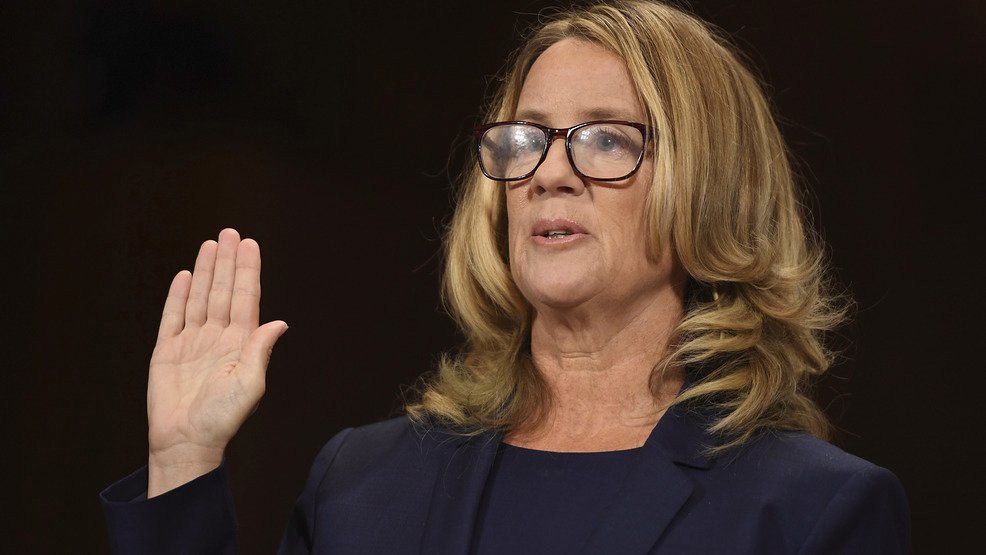
I knew the “Lisa” in question was Lisa Murkowski of Alaska. Out of 100 U.S. Senators, 26 are women. Murkowski is one. She was one of the lone Republicans who voiced indecision on Kavanaugh’s appointment—though many of those committee men, including the Chair, Chuck Grassley, agreed that they “found Dr. Ford’s testimony credible.”
I was traveling alone, but I wasn’t alone. I was on an aircraft bound for the nation’s capital, full of rogue Alaskan women on a mission.
Surely, this coordinated effort was the work of seasoned activists. “Who are you with?” I asked.
The woman in row 23 shook her head. She gestured to her travel companions, row after row around us.
“She’s a retired schoolteacher. She’s a vet. She’s a bus driver…”
They wore plaid button-downs and cargo pants, Columbia vests and Mom jeans. “It started on Facebook. None of us have ever done anything like this before. Most of us don’t even know each other. For a lot of us, this is our first trip to DC.”
Later, I would learn that a number of grassroots organizations, in addition to lobbying groups like the ACLU and the Alaska Federation of Natives, helped coordinate trips to DC for Alaskan women, many of them survivors of sexual assault. In 2018, Vox reported that “Alaska has the highest rate of sexual assault in the United States, more than double the national average.” Natives make up about half of these cases.
“We heard Dr. Ford’s testimony,” my row-neighbor continued. “We just couldn’t sit there and watch this play out on TV. We felt like we had to do something.”
Five hours later—a full day’s travel for the Alaskans—we gathered our things.
“Good luck with Lisa,” I nodded to one woman as I passed. “I hope she listens.”
She waved goodbye. “Me too.”
In the end, their efforts worked: Lisa Murkowski became the sole Republican to break from her party’s bloc.
“He’s clearly a learned judge,” Murkowski said. “But in my conscience—because that’s how I have to vote, at the end of the day, is with my conscience—I could not conclude that he was the right person for the court at this time, and this has been agonizing for me.”
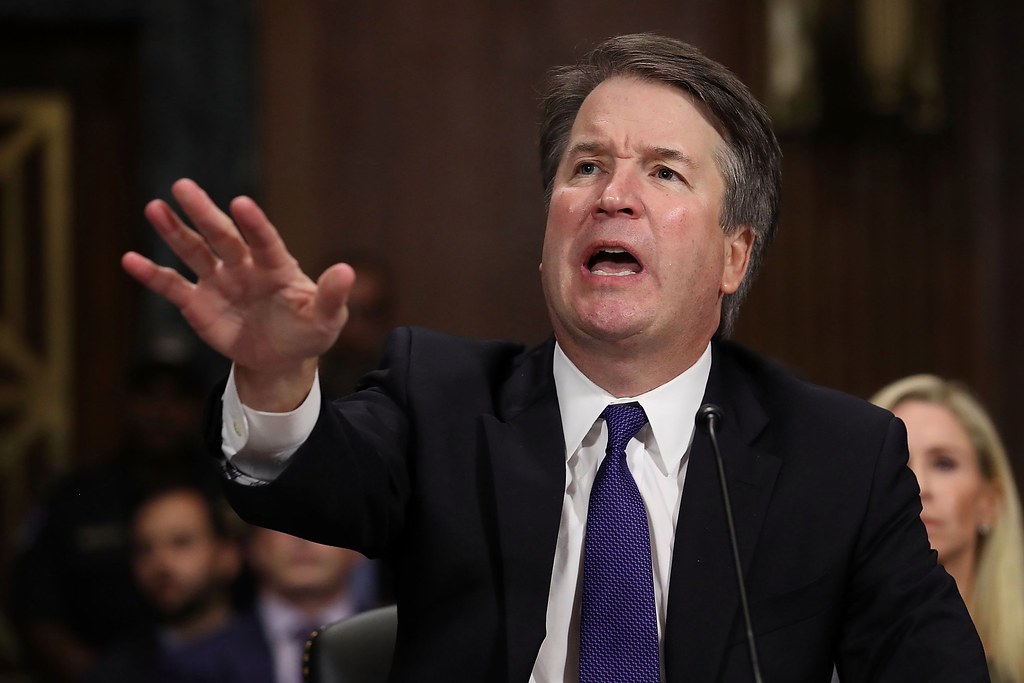
You might say it didn’t matter. One hundred and fifty women making the long-haul from Alaska to the nation’s capital to petition their senator may have changed one vote, but one vote didn’t change the outcome. In the end, Dr. Ford’s testimony, Lisa’s vote, our voices, our No’s, our bodies on the line, on the front steps of the Supreme Court, couldn’t rework the predictable math, the overpowering. I imagined the return flight: a sisterhood shuffling past First Class, a constellation of emotions.
The exhaustion of political action and skipped time zones.
The high of risk-taking.
The vulnerability of self-expression, of sharing trauma.
The grace of feeling your voice has been heard, tempered by the facts. The credible testimony ignored, the accused rewarded with a lifetime appointment, the honor of holding our fate in his hands.
She-bear rage.
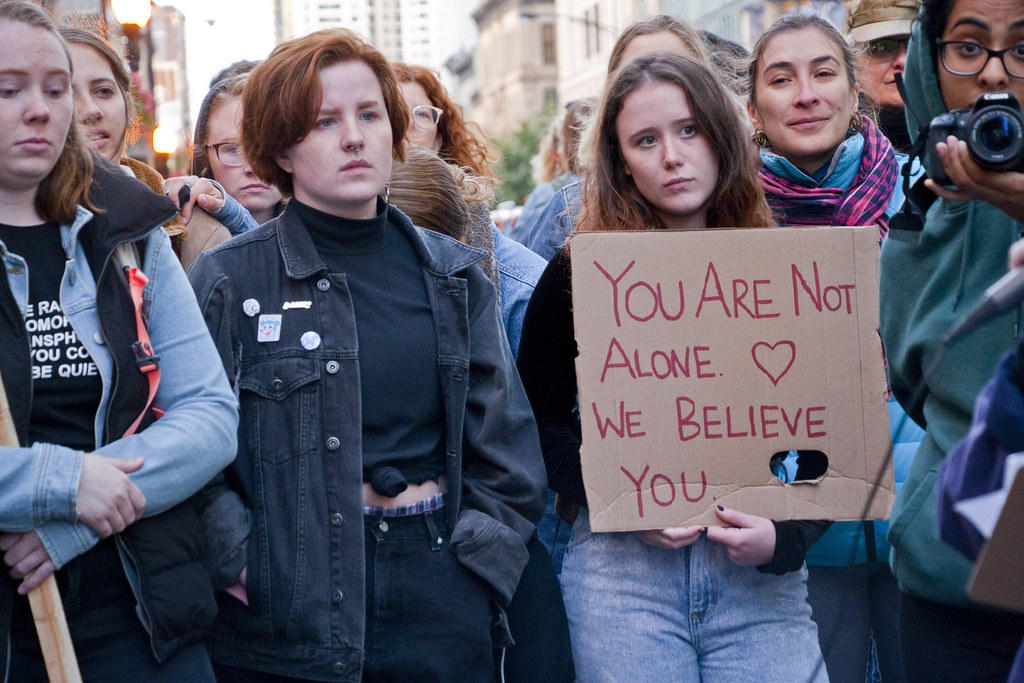
“What needs to be counted on to have a voice?” Terry Tempest Williams writes in When Women Were Birds: Fifty-Four Variations on Voice. “Courage. Anger. Love. Something to say; someone to speak to; someone to listen.”
I have never been to Alaska. But I think of you under that North Star. If I ever visit that dreamed-of place, I will make the trip a pilgrimage to the land of women who flew because they couldn’t sit watching. Who knocked on the door and had something to say. Who knew what they wanted, and for once, maybe—even for a day—got what they really asked for.





